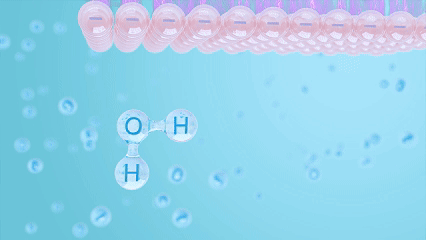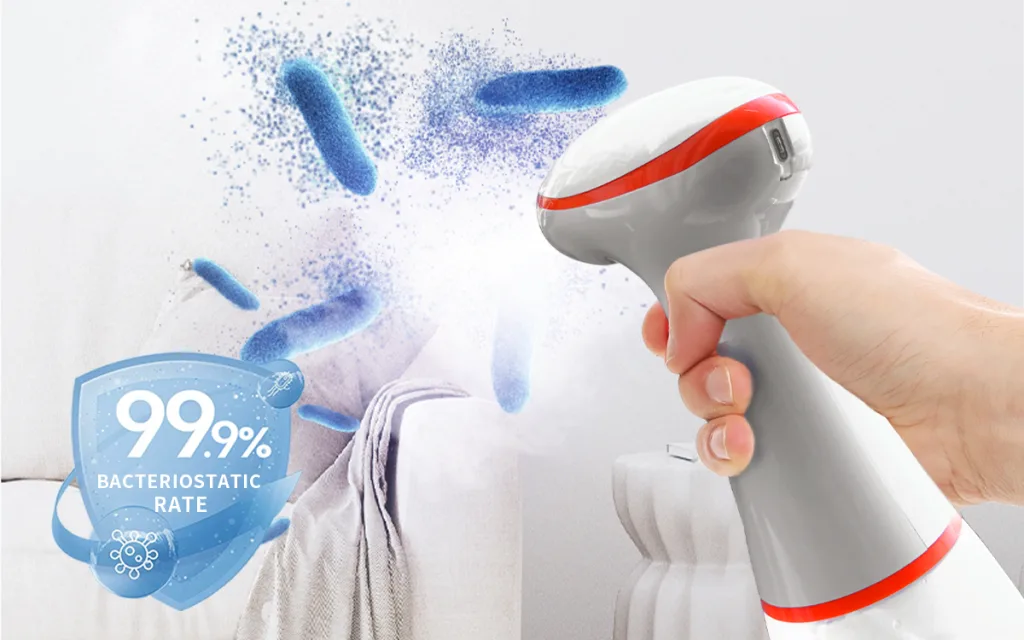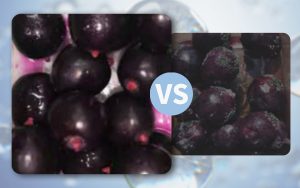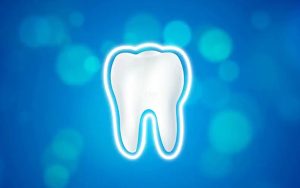
Rapid Bacterial Breakdown: Ozone Spray

Ozone’s oxidative power is what makes it uniquely effective in microbial control. When ozone molecules come into contact with bacteria, they initiate a process known as oxidative stress, where the ozone disrupts the integrity of the bacterial cell wall by breaking down its lipids and proteins. This damage not only compromises the cell’s structure but also penetrates the cell membrane, leading to further oxidation within the cell. As a result, bacterial functions are disrupted, DNA is damaged, and the organism’s ability to reproduce is effectively deactivated.
In the case of our ozone spray, this oxidative effect on E. coli, Staphylococcus aureus, and Candida albicans demonstrates a broad bacteriostatic (growth-inhibiting) and even bactericidal (killing) potential, making it suitable for a range of applications—from personal hygiene to household and healthcare environments.
Ozone spray’s effectiveness against Escherichia coli (E. coli), Staphylococcus aureus, and Candida albicans is a strong validation of its broad-spectrum bacteriostatic properties. Here’s a brief overview of the relevance of these test organisms:
- E. coli: Commonly associated with foodborne illnesses, especially gastrointestinal infections, and a major focus in hygiene and disinfection tests.

- Staphylococcus aureus: Known for causing skin infections, respiratory problems, and even more serious infections like pneumonia, it’s a key target in both hospital and home disinfection.

- Candida albicans: A type of yeast that can cause infections, especially in immunocompromised individuals, and is important in testing for antifungal properties.

Seeing the ozone water break down bacteria under a microscope is fascinating—ozone’s ability to oxidize bacterial cell walls disrupts their structures and deactivates their reproductive capabilities. Within just 3-5 seconds of exposure to ozone water from ozone spray, the bacteria become motionless, visibly damaged by the oxidative stress. This rapid action highlights ozone’s effectiveness as it selectively targets bacterial cells, halting their activity without impacting other cells. This mechanism of action is likely what contributes to the strong bacteriostatic activity observed in the test results, making ozone water a powerful agent for disinfection and microbial control.
Ozone spray is a versatile cleaning solution with proven bacteriostatic properties, ideal for multiple applications. It quickly disinfects kitchens, toilets, restaurant tables, and kindergarten surfaces. Effective in breaking down bacteria and neutralizing odors, it ensures fast, safe, and eco-friendly cleaning for both home and commercial environments.
Below is the certification report:
https://www.usefulozone.com/wp-content/uploads/2025/01/SGS-OZONE-SPRAY-Antibacterial-Report.pdf
https://www.usefulozone.com/wp-content/uploads/2025/01/SGS-OZONE-SPRAY-Bacteriostatic-Report.pdf
Related recommendations
-
Grapes washing test by ozone water compared with traditional clean
54Comparison test with electrolyzed ozonated water and ordinary tap water and unwashed grapes
View details -
Using ozone technology to extend seafood freshness and keep fresh seafood at your fingertips!
24The global seafood industry faces significant challenges in maintaining the freshness and safety of its products. As consumer demand for high-quality, safe, and sustainably sourced seafood grows, so does the need for new preservation methods.
View details -
Top Benefits of Dental Ozone Therapy
36Top Benefits of Dental Ozone Therapy Holistic dentistry is all about using safe, natural alternatives to help improve your oral health. Instead of relying upon antibiotics and other harmful materials, a holistic dentist will often incorporate...
View details -
Flexible Solutions, Powerful Ozone Clean: Ozone Water Meets Biggest Household Brands’ Small Laundry Needs
30The application of ozone cleaning in washing machines can effectively improve the washing effect and has multiple functions such as sterilization, stain removal and deodorization.
View details
 usefulozone
usefulozone




